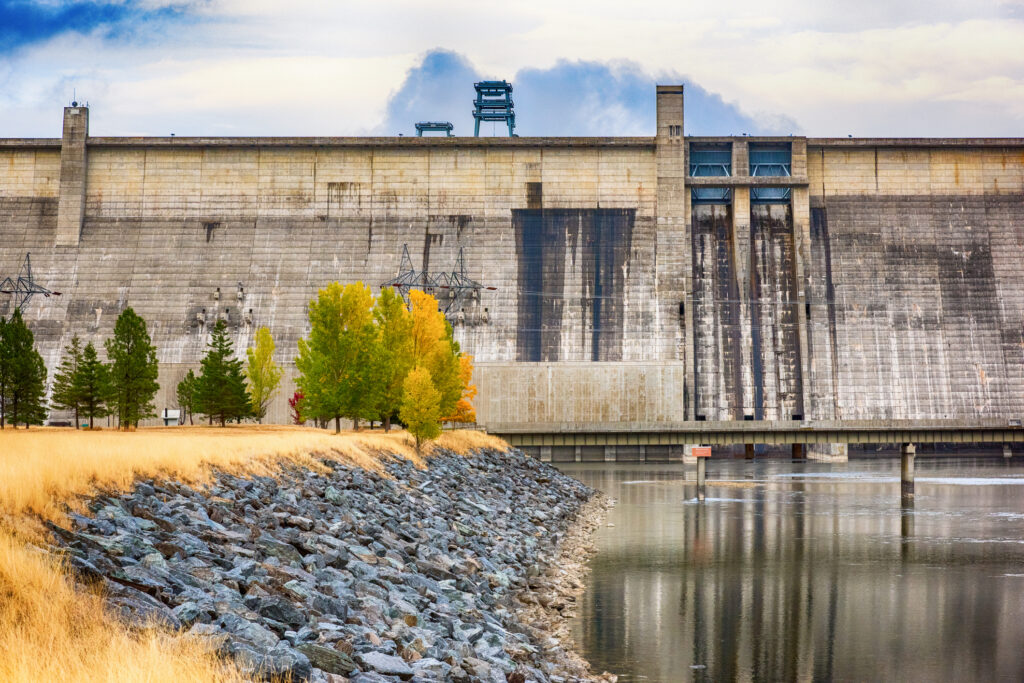
Lake Koocanusa is a man-made reservoir located in the interior of B.C sharing a border with the Kootenai National Forest in northwest Montana, USA. The lake was created as a result of the construction of the Libby Dam on the Kootenay River in 1972. The dam was built for the primary purpose of generating hydroelectric power for the region.
The area that would later become Lake Koocanusa was once a pristine wilderness dotted with small mountain communities. The construction of the dam resulted in the displacement of many residents and the inundation of several historic towns.
Despite the initial displacement and loss of cultural heritage, the dam brought numerous economic benefits to the region, including employment opportunities and increased access to recreational activities on the lake.
There were several individuals who played important roles in the development of Lake Koocanusa.
These individuals and organizations worked together to bring the Libby Dam and Lake Koocanusa to fruition, and their efforts continue to shape the region today.
Lake Koocanusa is named after the Kootenay River/Canada/USA. The lake extends over 146 kilmetres and has a maximum depth of over 120 metres. It is a popular recreational destination for boating, fishing, and camping, with several developed campgrounds and marinas along its shores.
In addition to its recreational value, Lake Koocanusa serves as an important source of drinking water for the surrounding communities and is a critical component of the Kootenay River ecosystem. The lake is home to a diverse range of fish species, including rainbow trout, kokanee salmon, and bull trout.
Overall, Lake Koocanusa is a valuable resource for the region, providing hydroelectric power, recreational opportunities, and an important habitat for fish and wildlife. Despite its man-made origins, the lake has become a beloved part of the region’s natural landscape, cherished by residents and visitors alike.
The Libby Dam is a hydroelectric dam that uses the flow of water to generate electricity. The dam works by capturing the energy of falling water and converting it into electrical energy.

Here’s how it works:
Libby Dam is a straight-axis, concrete, gravity structure solidly anchored in bedrock. It was constructed with 7.6 million tons of concrete and holds back the water of the Kootenay River with its own massive weight. The dam is 422 feet tall and 3,055 feet long. The Kootenai River is the third largest tributary to the Federal Columbia River Power System, contributing almost 20% of the total water in the lower Columbia.
Water from Lake Koocanusa passes through 17 Federal Columbia River Power System (FCRPS) dams prior to reaching the Pacific Ocean, of which Libby Dam is the first. Because Libby Dam is the first dam in the system, it is used to store water for use during peak power needs, as well as water for use during spring for sturgeon spawning, and during summer and fall for anadromous fish migration downstream in the mainstem of the Columbia River.
In addition to generating electricity, the Libby Dam also helps regulate the flow of the Kootenay River, providing flood control and water management for the region. The dam also serves as an important source of drinking water for the surrounding communities.